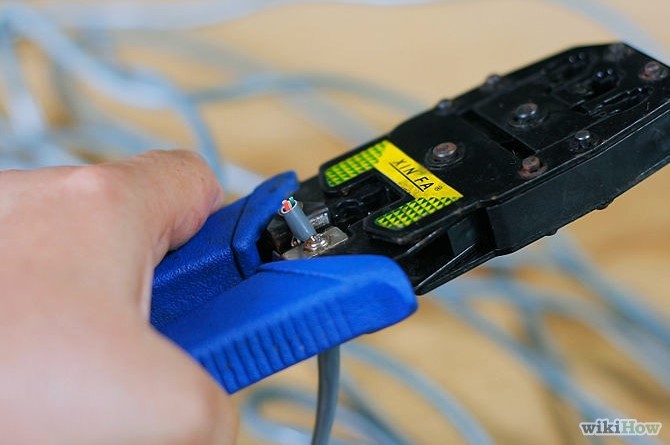Crimping Tool: Ensure a Reliable Wire Crimp Connection Every Time
Even though there are more and more wireless devices on the market today and it seems like most manufacturers are leaning towards making their devices wireless, it doesn’t really seem like that will be case anytime soon. In order for that to happen, people need to come up with quality and powerful batteries, which judging by my laptop and smart phone, won’t happen anytime soon. They die out very, very soon.
As long as we have wires everywhere, we’ll need tools to install and make connections. If you’re unfamiliar with wiring, allow me to enlighten you. The term used for joining wires and cables is called crimping. In order to perform a crimp, you need a network cable crimping tool. A network cable crimping tool can be universal and purpose-specific.
The universal crimping tools are versatile and can perform many types of crimps, cuts, snips, etc. However, if you are more seriously engaged in a specific type of wiring, you’ll need a specific tool for the particular purpose, which will make the entire crimping process much more convenient and efficient to handle.
Handheld crimping tools can be used either for a particular type of connectors or they can use interchangeable dies for more versatility. When using interchangeable dies, you’ll need to be able to modify the crimper quickly so you don’t compromise the quality of the wiring while doing so.
Whichever tool you end up needing, make sure it features a handle with a contoured or rounded ergonomic grip, which will allow you to work with it for prolonged periods of time without straining your hands. Comfort plays a very important role and a lot of companies are focused on making ergonomic crimping tools, so you won’t fall short on choice when searching for an ergonomic crimping tool. Having a firm grip will offer you mechanical advantages, plus, another thing to consider is the weight of the tool.
And just like every other product, price is closely associated with quality. Depending on the ergonomics, features and materials used in the manufacturing process of the tool, the prices can range from $30 up to a few hundred dollars. It’s true that most of the time you get what you pay for, but if you’re not doing wiring for the Pentagon, you shouldn’t be after the most expensive models since you can get great durability and performance with a cheaper model as well.

